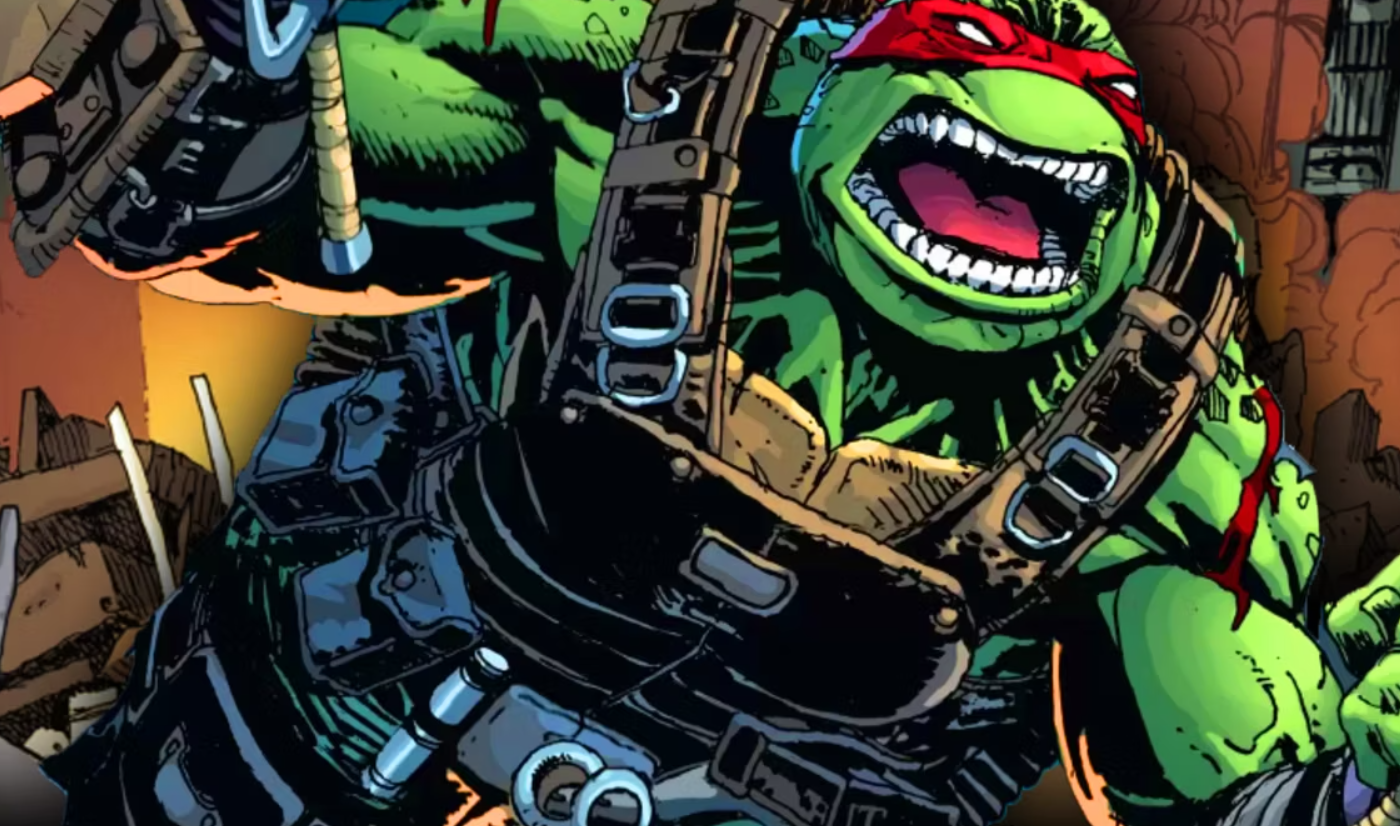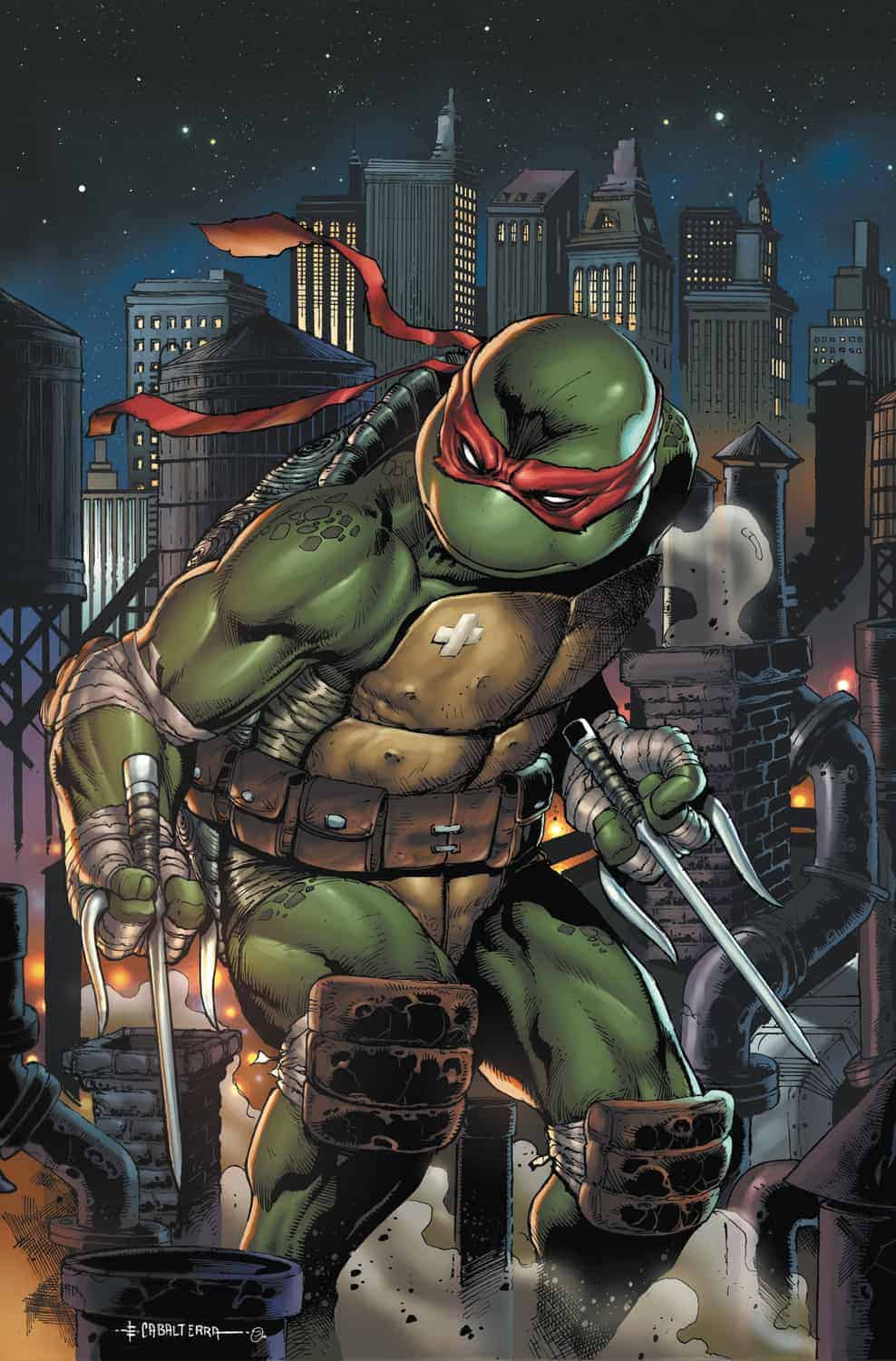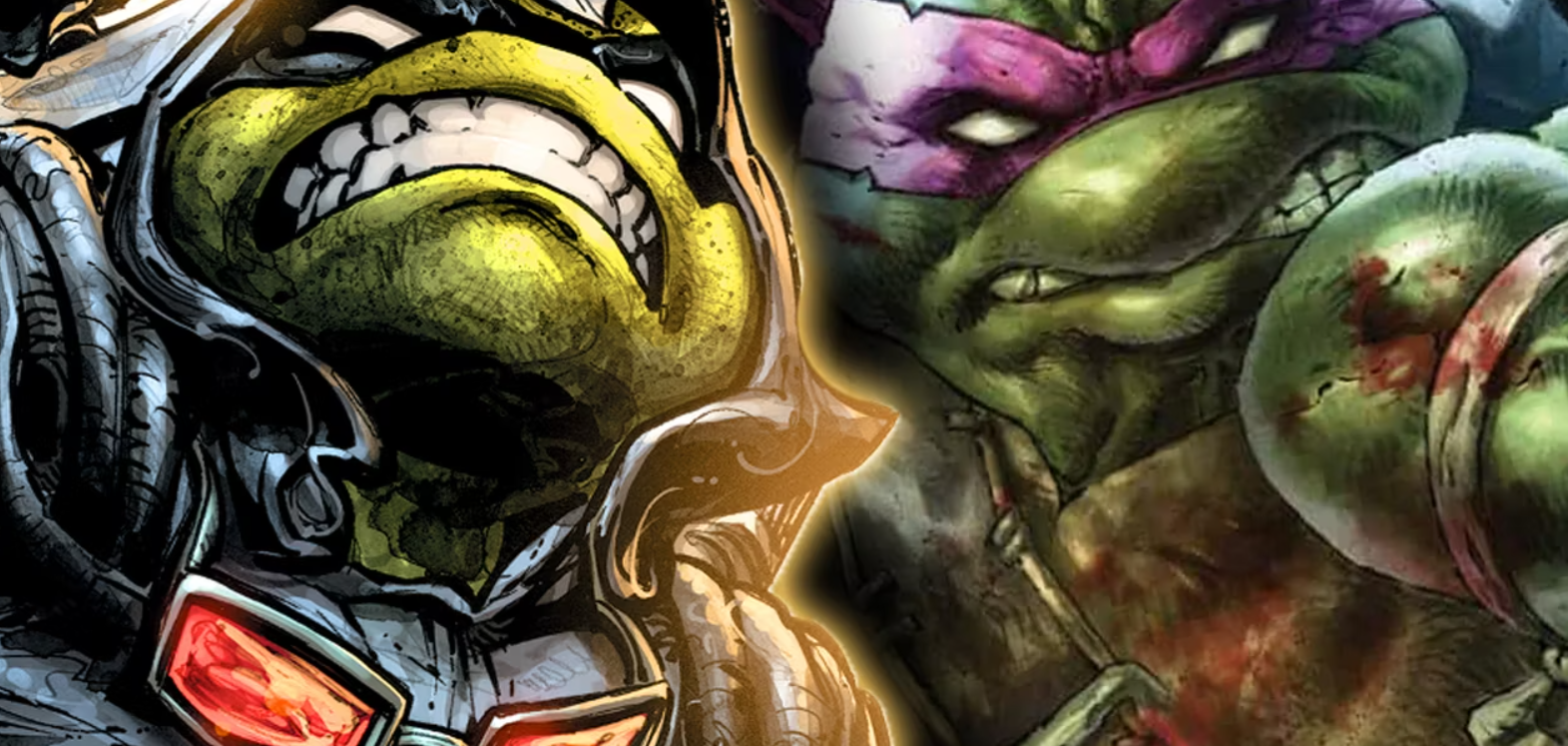Movie News
How Did the Teenage Mutant Ninja Turtles Die? Unveiling the Fates of Our Heroes
The Teenage Mutant Ninja Turtles have been a beloved part of pop culture since their debut in the 1980s. Created by Kevin Eastman and Peter Laird, these anthropomorphic turtles, named after Renaissance artists, have fought evil and entertained fans for decades. However, their stories are not always filled with victory and happiness. In various iterations of their tales, the turtles have faced dire circumstances, including death. This article explores the different versions of how the Teenage Mutant Ninja Turtles met their end, answering the question, “How did the Teenage Mutant Ninja Turtles die?” Let’s explore this topic with the Alibaytoon Store below.
The Original Comic Series: A Darker Tale
In the original Mirage Studios comic series, the Teenage Mutant Ninja Turtles’ story was often darker and more violent than the cartoon versions many fans grew up with. One of the most notable storylines involving the death of the turtles is the “City at War” arc. Although none of the turtles die in this series, they face tremendous loss and trauma, highlighting the gritty nature of their world. This leaves fans pondering, “How did the Teenage Mutant Ninja Turtles die” in various scenarios, emphasizing the harsh realities the characters endure.

How Did the Teenage Mutant Ninja Turtles Die?
The IDW Comics: The Last Ronin
One of the most poignant and emotionally charged stories about the death of the Teenage Mutant Ninja Turtles is found in the IDW Comics’ “The Last Ronin” miniseries. This storyline reveals a dystopian future where only one turtle remains. The last surviving turtle later revealed to be Michelangelo, embarks on a final mission to avenge his fallen brothers and restore honor to their legacy. This miniseries is crucial for fans curious about “how did the Teenage Mutant Ninja Turtles die” in one of their most dramatic story arcs.
In “The Last Ronin,” the narrative unfolds in a world where the Foot Clan has gained control, and the turtles’ once-hopeful fight against their nemesis has taken a tragic turn. The deaths of Leonardo, Donatello, and Raphael are portrayed with a depth of sorrow and heroism, each brother meeting their end in battle while striving to protect their family and ideals.

Leonardo’s Fate
Leonardo, the stoic leader, meets his end in a fierce confrontation against the forces of the Foot Clan. Despite his exceptional combat skills and unwavering determination, he is overwhelmed by the sheer number of enemies. His death is a testament to his unyielding spirit and leadership, falling as he tries to defend his brothers and their cause.
Donatello’s Sacrifice
Donatello, the brilliant tech-savvy turtle, sacrifices himself in a desperate attempt to outmaneuver the Foot Clan’s technological advancements. In a valiant effort to protect his family, he confronts a powerful adversary equipped with advanced weaponry. Despite his intelligence and innovative strategies, Donatello is ultimately outmatched, falling into a blaze of technological warfare.
Raphael’s Final Stand
Raphael, the hot-headed warrior, meets his fate in a brutal and personal battle. His death is marked by raw emotion and sheer tenacity, embodying his fierce loyalty and warrior spirit. Raphael’s final stand is a gritty and intense showdown that highlights his determination to fight to the very end, regardless of the odds.

Michelangelo’s Revenge
Michelangelo, the last remaining turtle, is driven by grief and a desire for vengeance. His journey through “The Last Ronin” is one of transformation, from the lighthearted, fun-loving brother to a hardened, battle-weary warrior. The loss of his brothers profoundly changes him, fueling his quest to bring justice to their deaths. Throughout the series, Michelangelo’s character development is deeply explored, providing a rich narrative of loss, resilience, and the enduring spirit of the Teenage Mutant Ninja Turtles.
“The Last Ronin” miniseries not only answers the question “How did the Teenage Mutant Ninja Turtles die,” but also offers a compelling and heartfelt exploration of their final moments. This story arc is a powerful tribute to the legacy of the turtles, showcasing their bravery, sacrifices, and the deep bond that ties them together, even in death.

The 2003 Animated Series: An Alternate Future
The 2003 animated series also explored the potential deaths of the turtles in its “Same As It Never Was” episode. In this alternate future, Donatello is transported to a dystopian reality where his brothers have been killed in battle, leaving only a few allies to continue the fight against their enemies. This episode stands out as one of the darker moments in the series, providing fans with a glimpse of a world without their favorite heroes and addressing the question, “How did the Teenage Mutant Ninja Turtles die” in this grim scenario.

The 2012 Animated Series: The Dream Sequence
The 2012 Nickelodeon animated series provided another take on the turtles’ potential demise. In the episode “The Wrath of Tiger Claw,” Leonardo experiences a vision in which his brothers are defeated and killed by the Shredder and his minions. This dream sequence serves as a dire warning to Leonardo, emphasizing the high stakes of their ongoing battle against evil and addressing the question, “How did the Teenage Mutant Ninja Turtles die” in this alternate reality?
The various depictions of the Teenage Mutant Ninja Turtles’ deaths across different media reflect the diverse storytelling approaches taken by their creators. While some stories offer a glimpse of their ultimate fate, others leave the ending open to interpretation. Despite these tragic narratives, the Teenage Mutant Ninja Turtles continue to endure in the hearts of fans, proving that heroes never truly die as long as their legacy lives on.
Whether through comics, animated series, or other media, the Teenage Mutant Ninja Turtles have shown resilience and bravery, inspiring generations of fans. Their stories, even those involving their deaths, remind us of the importance of courage, family, and fighting for what is right. For fans wondering “How did the Teenage Mutant Ninja Turtles die,” these narratives provide both closure and an enduring legacy.
